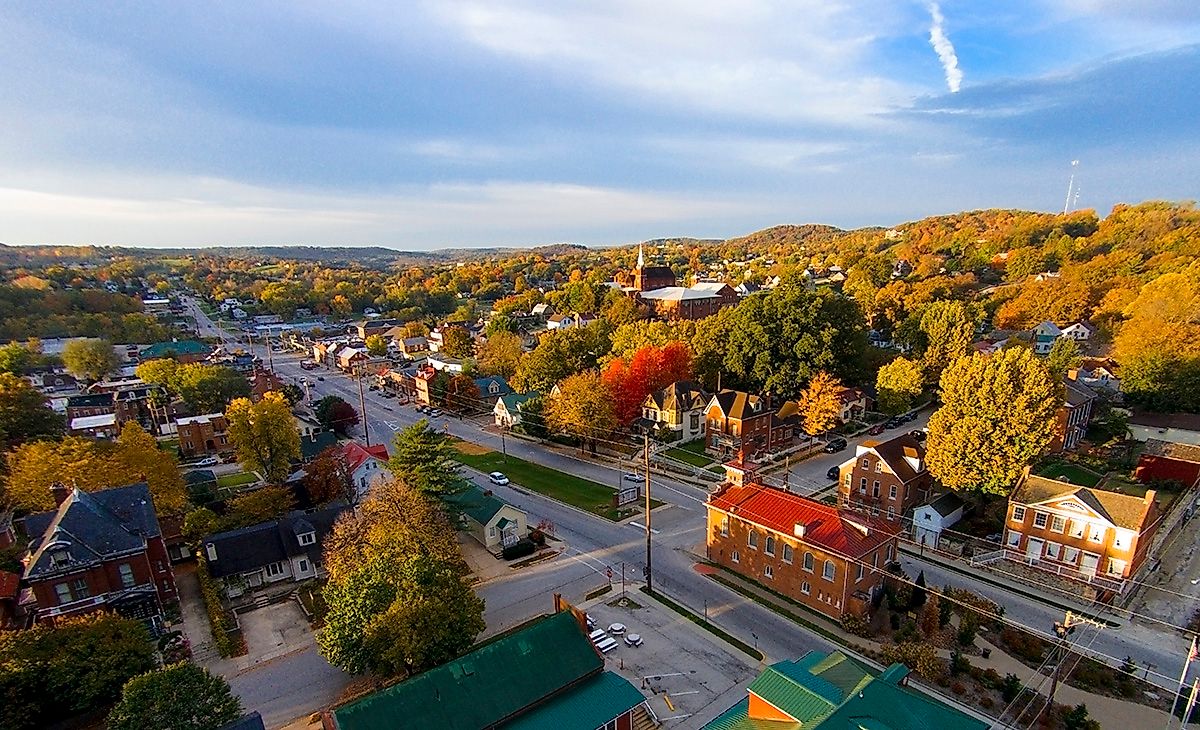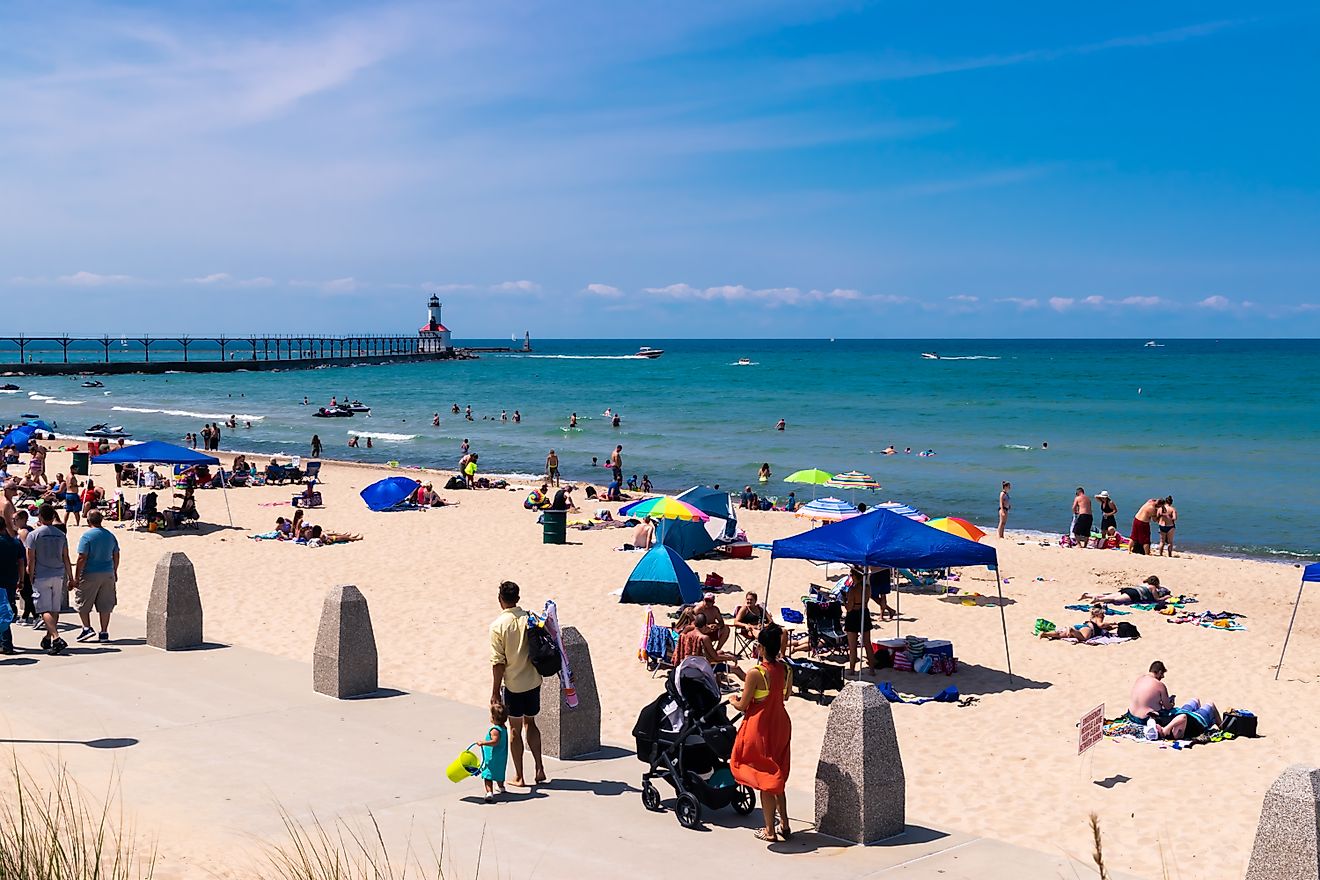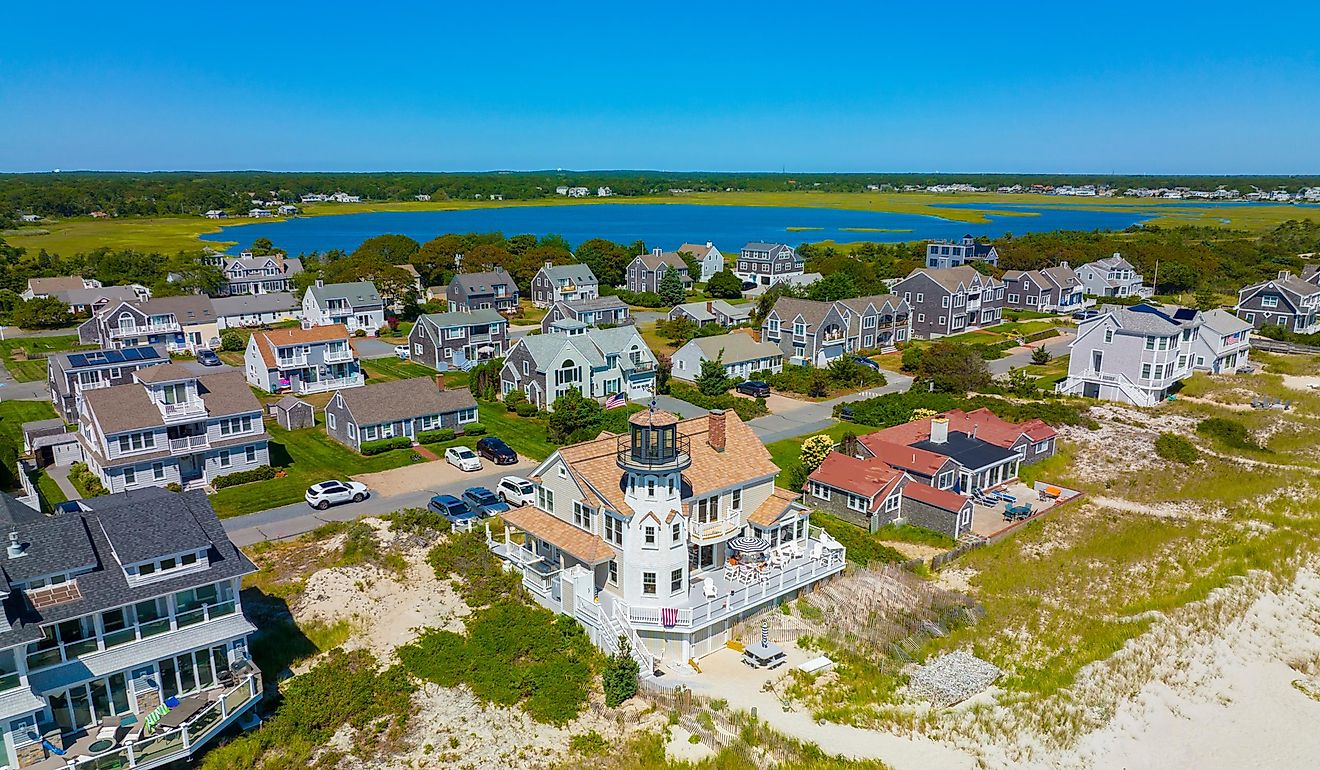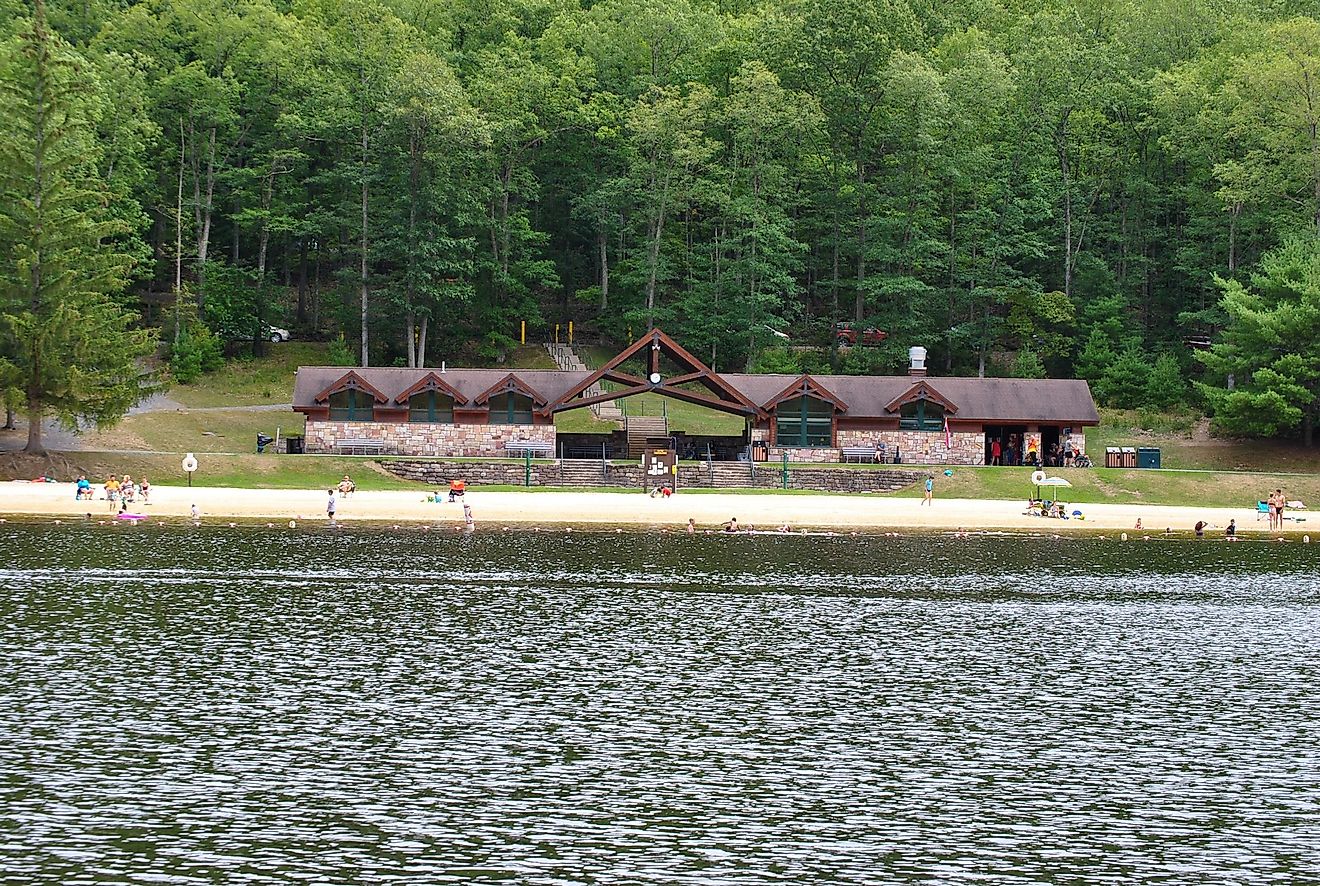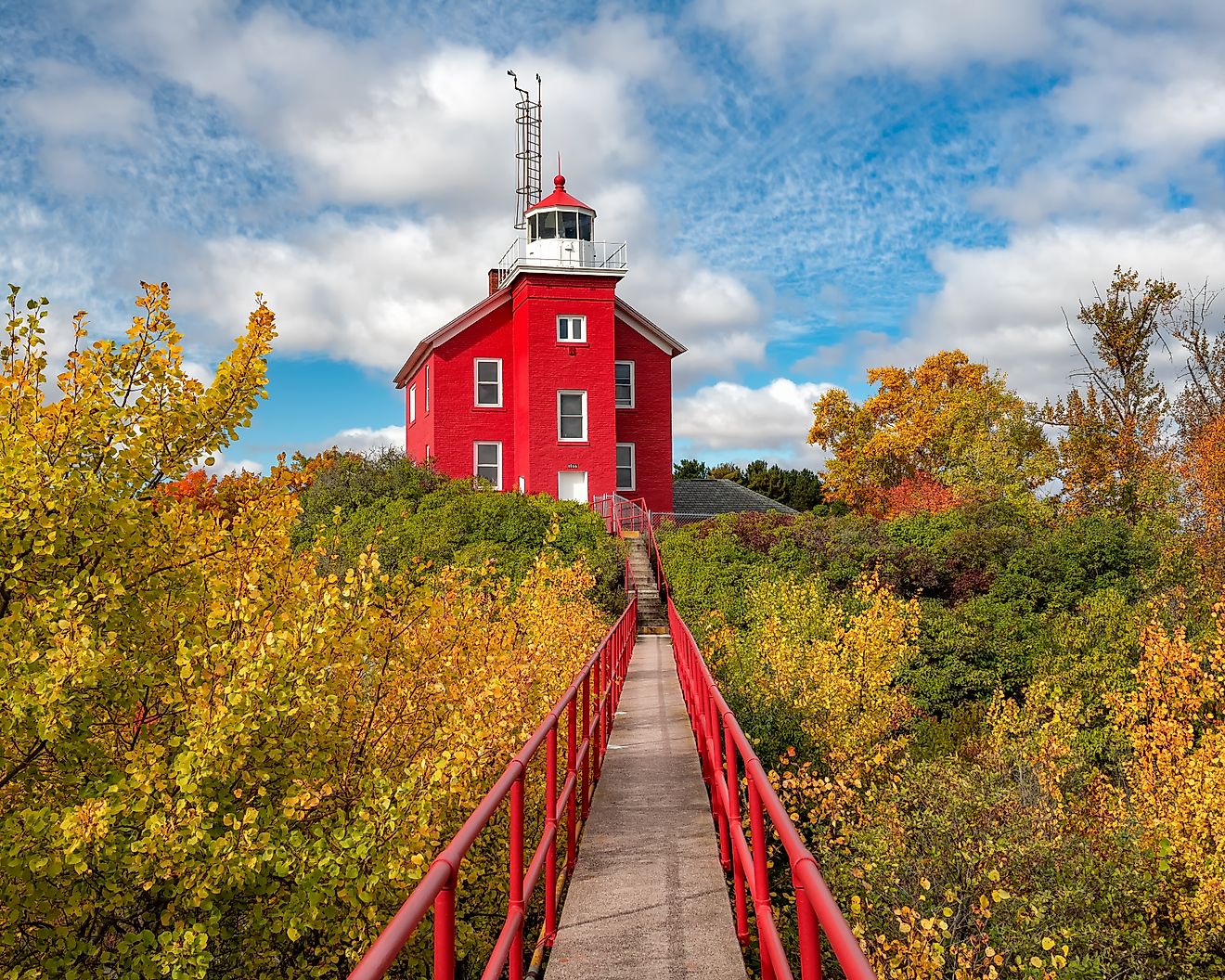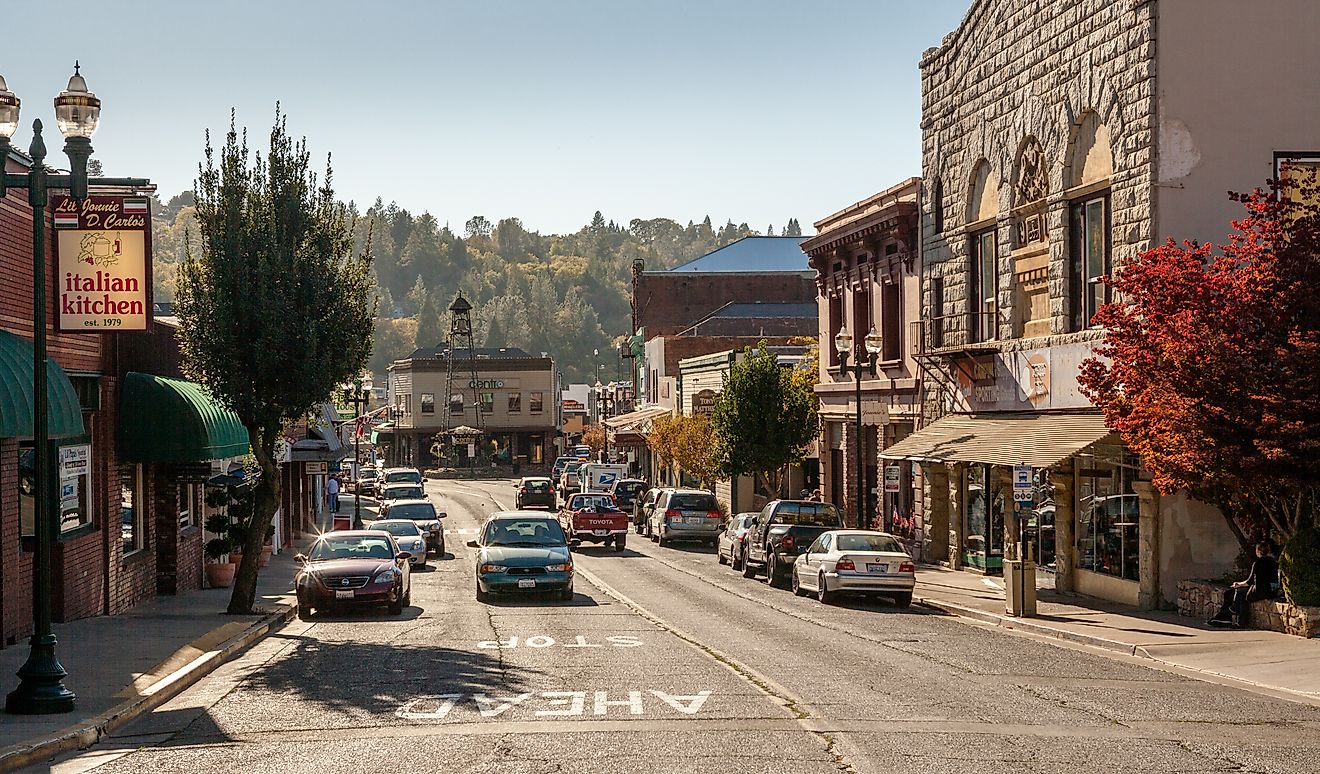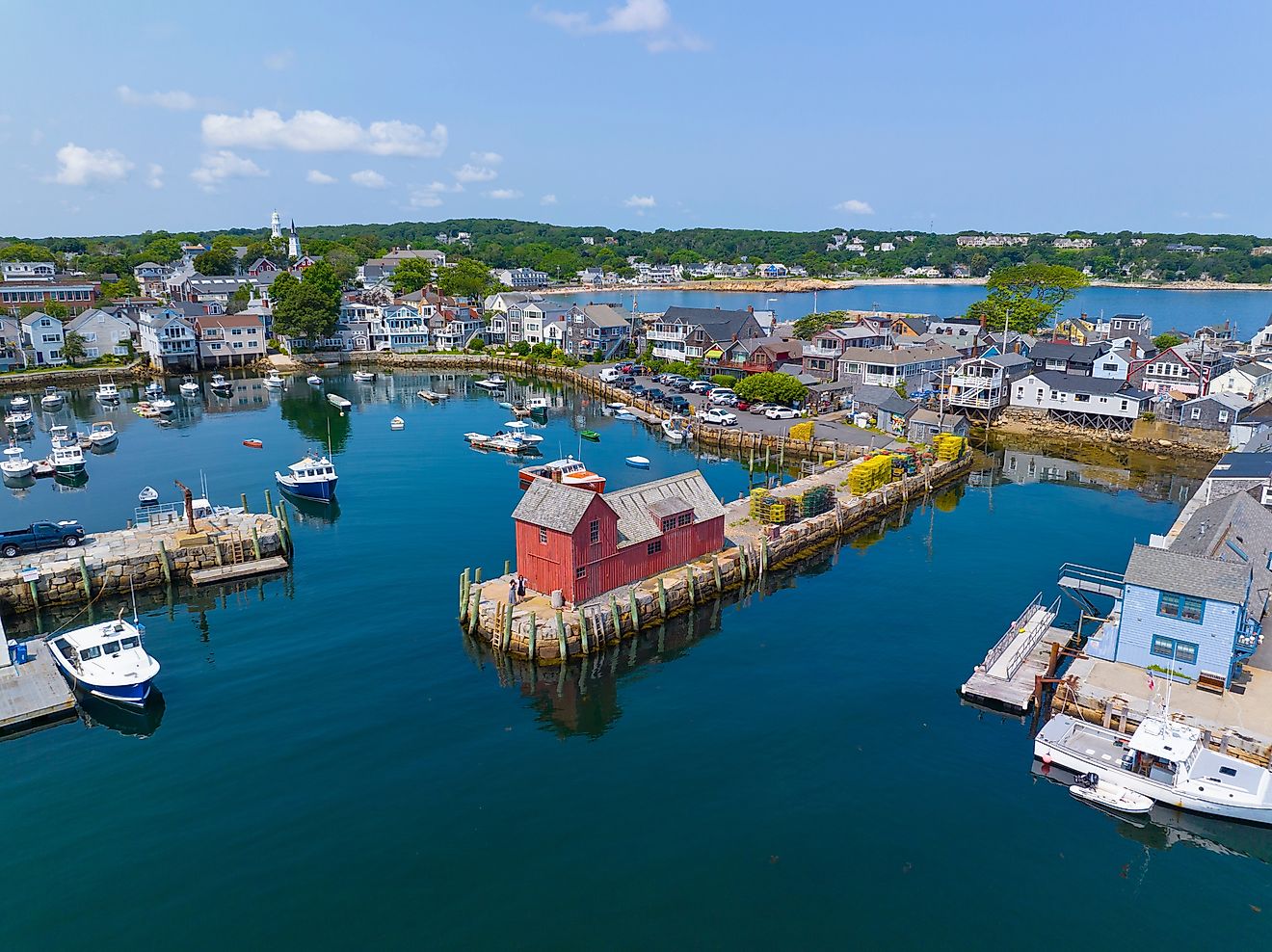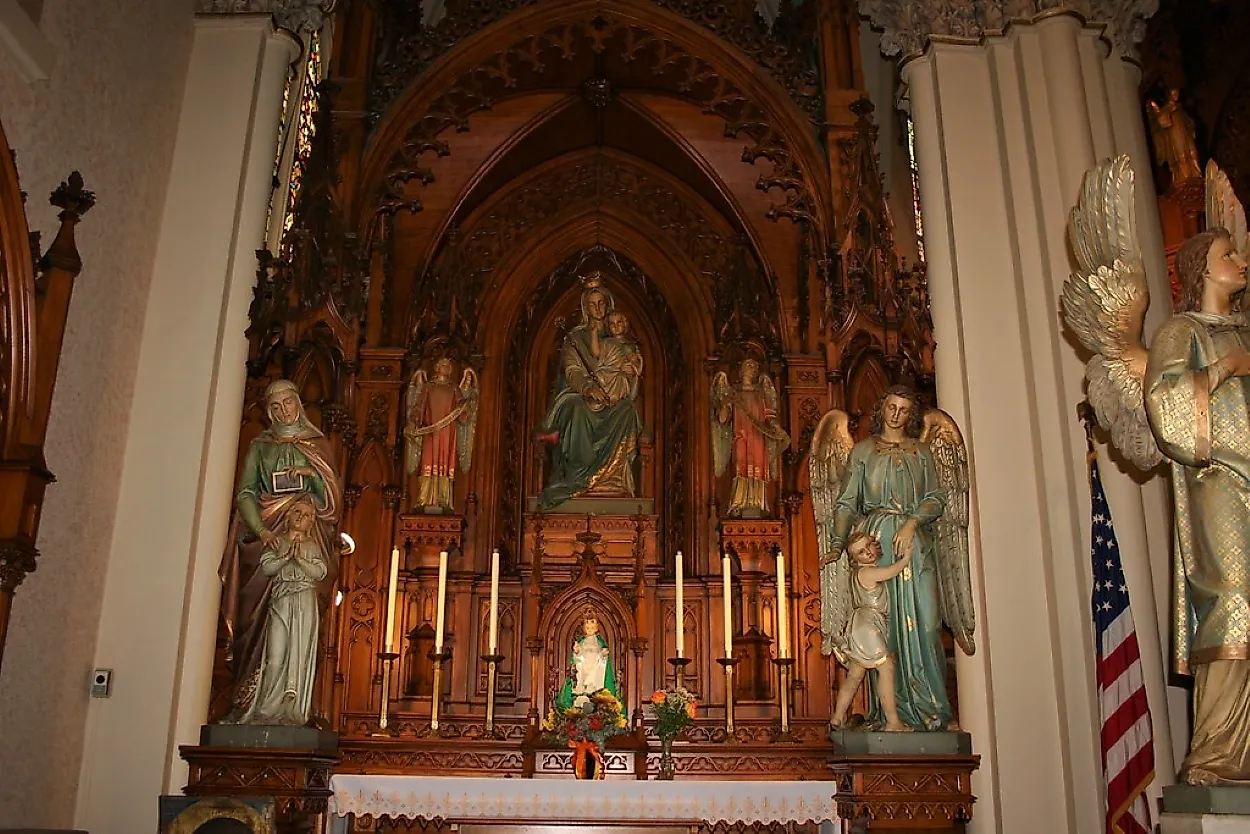
5 Most Beautiful Gothic Churches In Ohio
Ohio's bustling cities, rolling farmlands, and rich industrial history may be its most famous features, but the state also boasts architectural gems that transport visitors back in time. Among these gems are some of the most magnificent Gothic-style churches in the Midwest, each with soaring spires, elaborate stone and woodwork, and spectacular stained glass that showcases centuries of artistic creation.
Ohio's Gothic architecture showcases both grandeur and intimacy, history and craftsmanship, from imposing Gothic Revival churches in urban areas to charming Carpenter Gothic churches in rural settings.
St. Stephen’s Catholic Church
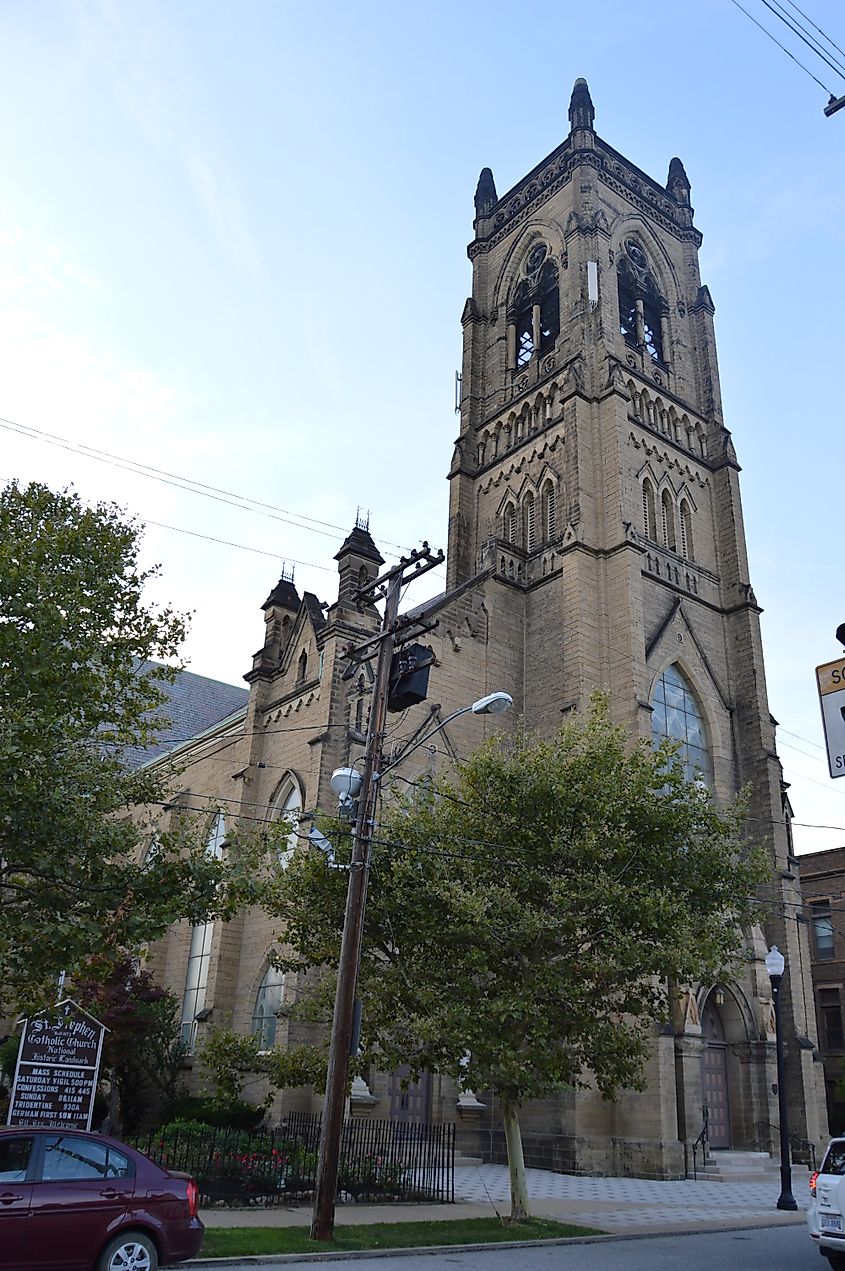
Founded in Cleveland’s Detroit-Shoreway neighborhood, St. Stephen’s Catholic Church was built in 1875 by architects Cudell & Richardson. With its cruciform layout, buttresses, pointed arches, and textured Amherst-stone construction, the church is a remarkable example of Gothic Revival architecture.
The inside showcases exquisite oak woodwork imported from Munich, Germany, including intricately carved altars, pulpits, and pews, along with marble floors and soaring columns that branch near the ceiling. Rare for Cleveland, it also features a flying buttress and gargoyles, emphasizing its authentic Gothic style. At dusk, the church's dramatic silhouette, stained glass, and European-inspired craftsmanship make it stand out against the city backdrop.
Holy Angels Catholic Church
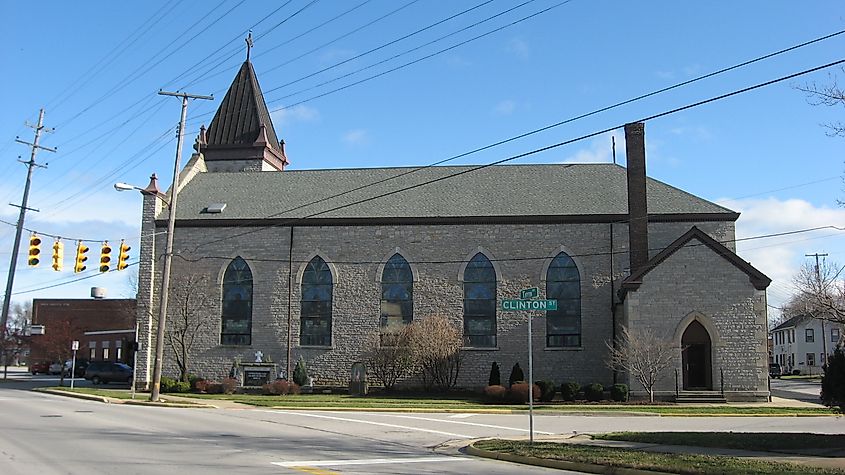
Holy Angels Catholic Church is the oldest surviving church in the Roman Catholic Diocese of Toledo and Erie County, situated in Sandusky, Ohio. The building was completed in 1841. Reflecting the early development of Gothic Revival architecture in Ohio, it is a stone structure with pointed arches, buttresses, and a tall steeple.
Its dignified façade and street presence convey historic gravitas, while the well-proportioned stonework exemplifies authentic Gothic ideals. Rising in a small city on the Lake Erie coast, Holy Angels stands out both architecturally and contextually. Its beauty can be captured by photographers at sunrise or sunset, emphasizing the stone's textures and verticality.
St. Aloysius Catholic Church
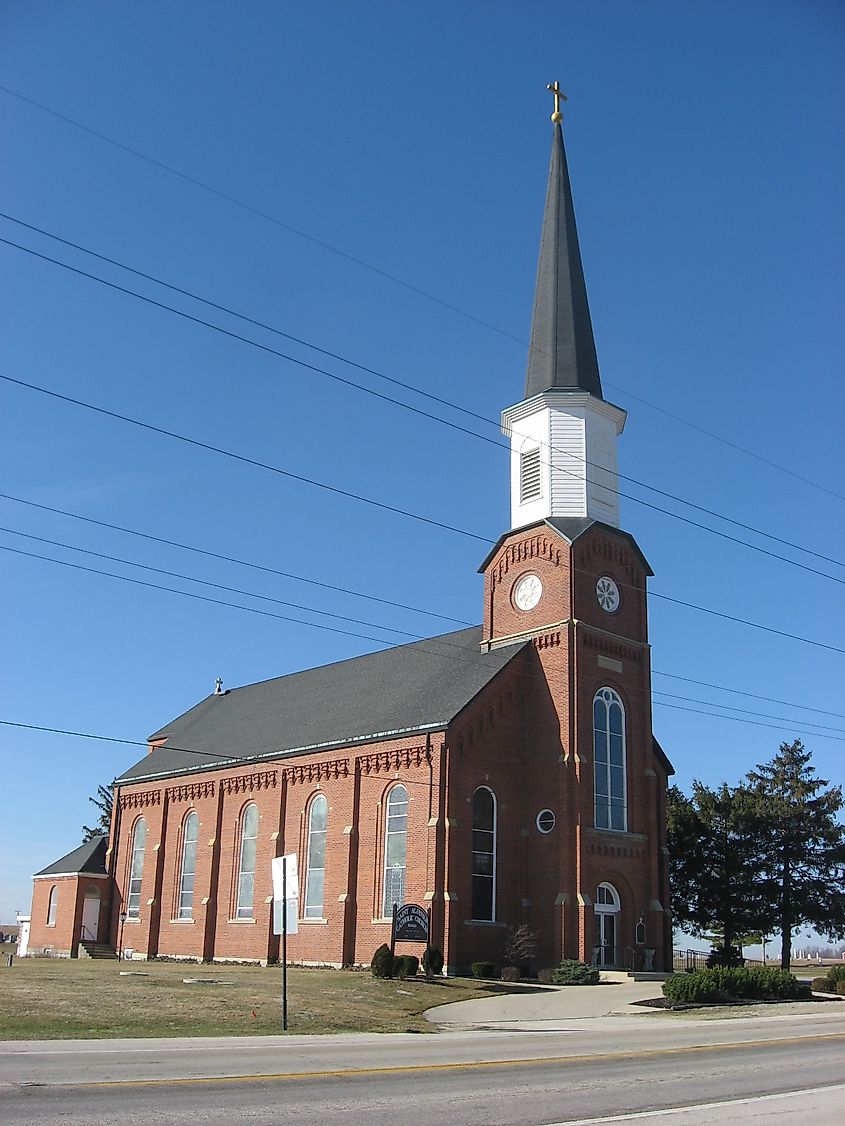
The St. Aloysius Catholic Church in Carthagena, Ohio, was constructed between 1876 and 1878 according to architect Anton DeCurtins' design. It is an early example of the "cross-tipped" churches of the region, with pointed arches, a tall spire, and a strong vertical emphasis. Built of brick on a stone foundation, the central projecting tower features vertical stained-glass windows and rose windows.
Later, to improve the visual effect, more stained glass was added inside. Its grandeur and architecture stand out sharply in the surrounding rural landscape, and its dramatic tower and cross-tipped orientation make it a remarkable landmark. Photographers will find the warm glow of the “golden hour” amazing for capturing the red brick façade, while the surrounding countryside provides natural framing.
Emmanuel’s Evangelical Lutheran Church
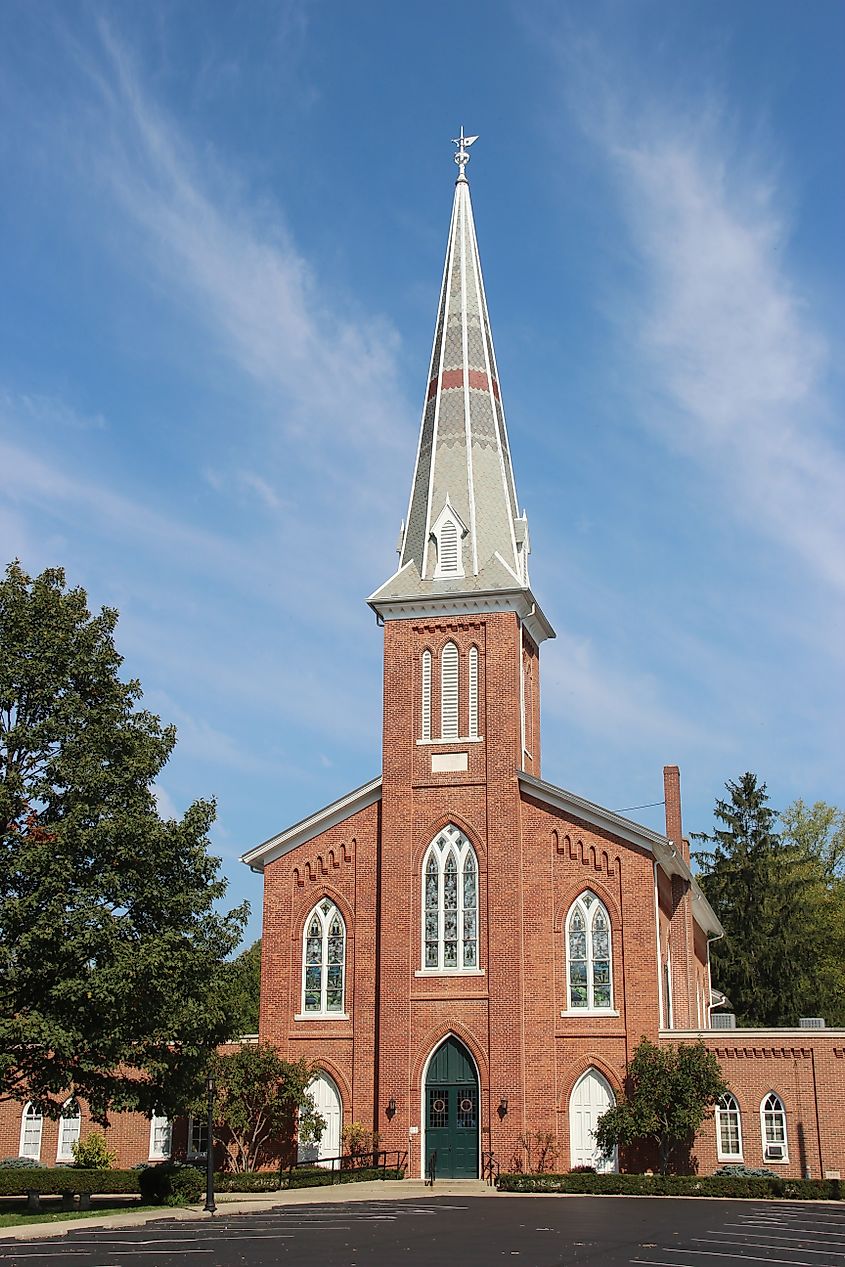
Although the congregation was founded in 1809, Emmanuel Lutheran Church in Germantown, Ohio, was constructed in 1867. The Gothic Revival-style gable-front façade features three arched entrances with large stained-glass windows in each, and a central section capped by a tall, multifaceted steeple.
Built from brick, the church mixes in well with its rural surroundings and honors the German-Pennsylvania settler background. Even though Emmanuel is smaller than many urban churches, it nonetheless has a lovely spire profile, tasteful stained glass, and crisp Gothic lines. The three entrances with the steeple provide a wonderful picture against the calm backdrop of the little town, and its small size makes it ideal for photography, especially after rain when the brick color becomes more intense.
Old South Church
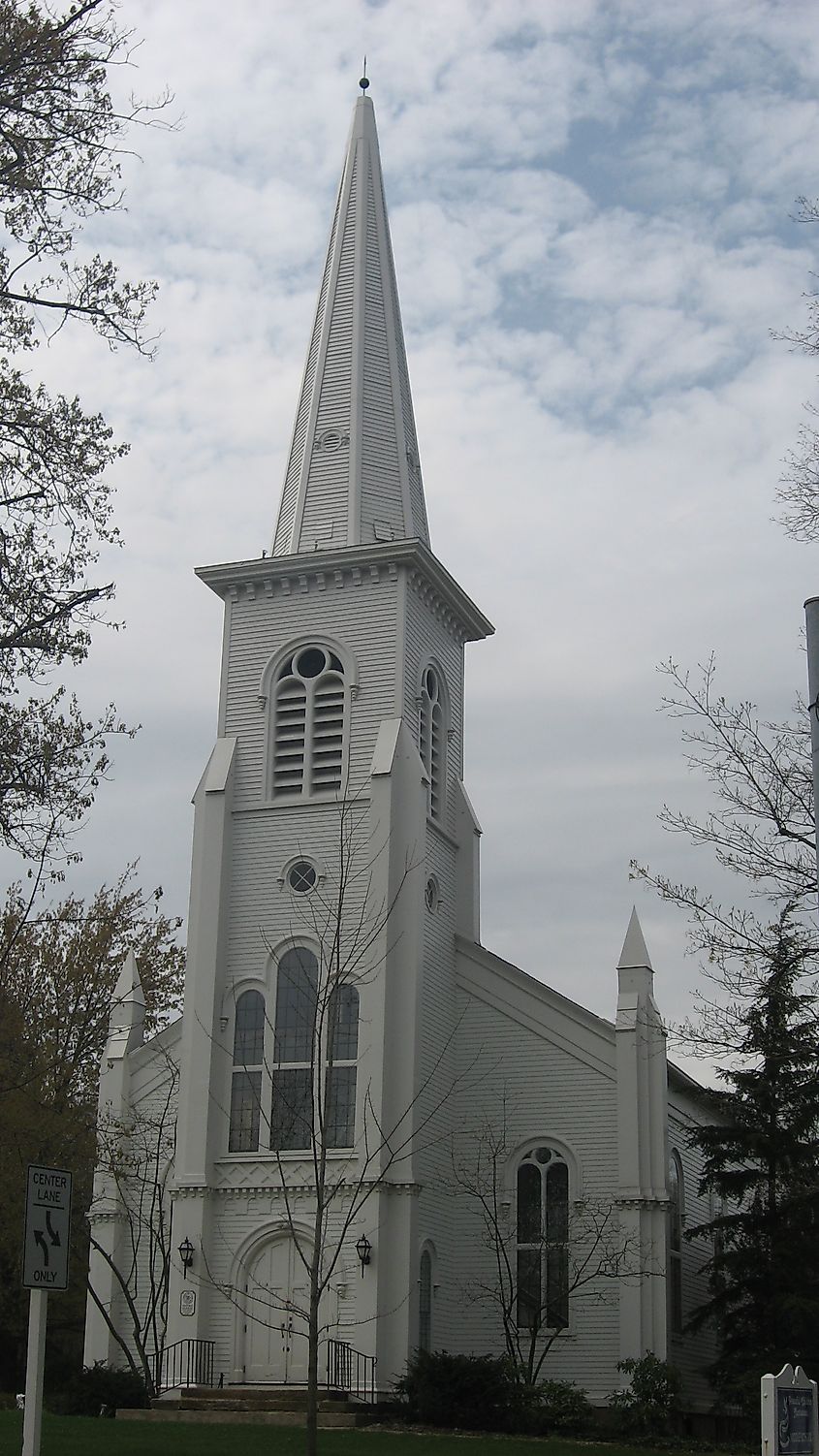
Finalized in 1859, the Old South Church in Kirtland is an excellent example of both Romanesque and Carpenter Gothic architecture. Its wooden structure, with high gables, pointed-arch windows, and ornate trim, gives it a lighter, more charming Gothic appearance than the grand stone churches found elsewhere in Ohio.
It is a visually striking and historically noteworthy example of mid-19th-century American ecclesiastical design, with its elegant proportions and close attention to detail revealing a true Gothic character without the monumentality of larger stone churches.
These five churches showcase the richness of Gothic‑style architecture across Ohio. From urban monumental stone, to brick rural spired towers to the simpler, charming wooden Carpenter Gothic.
Each gives something unique in terms of style, setting, and historical resonance. If you enjoy architecture and photography, these make for a rewarding road trip through Ohio’s Gothic heritage.
